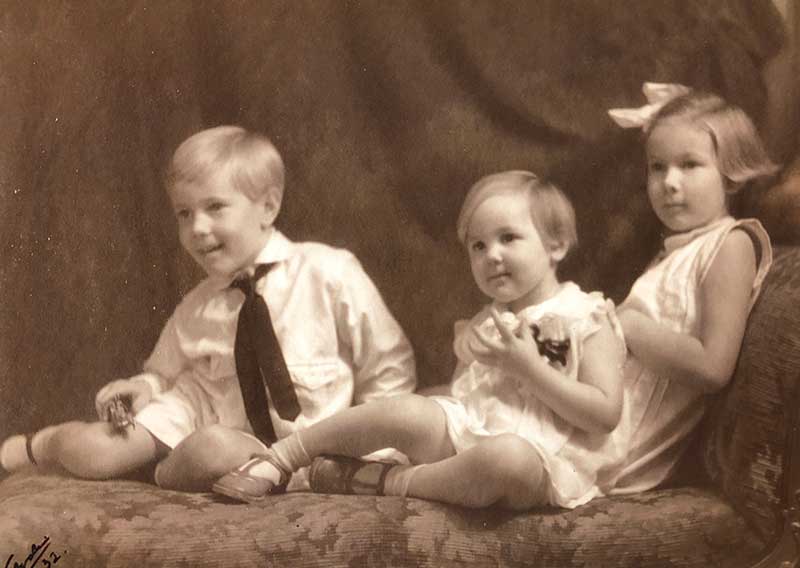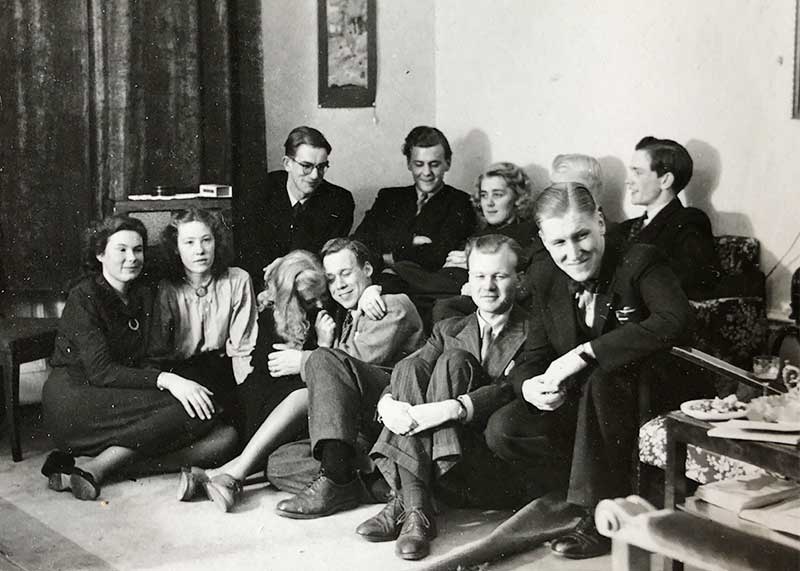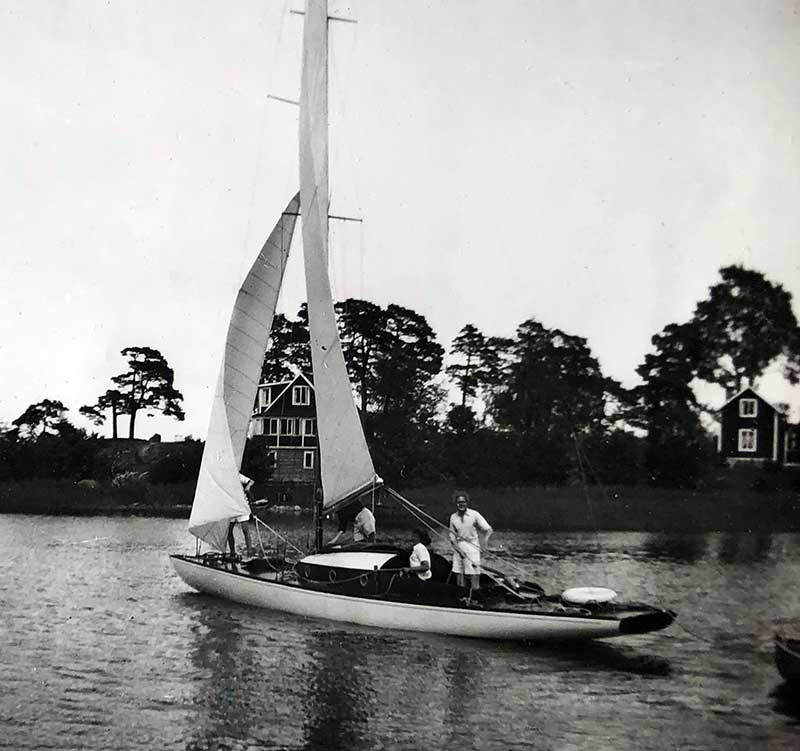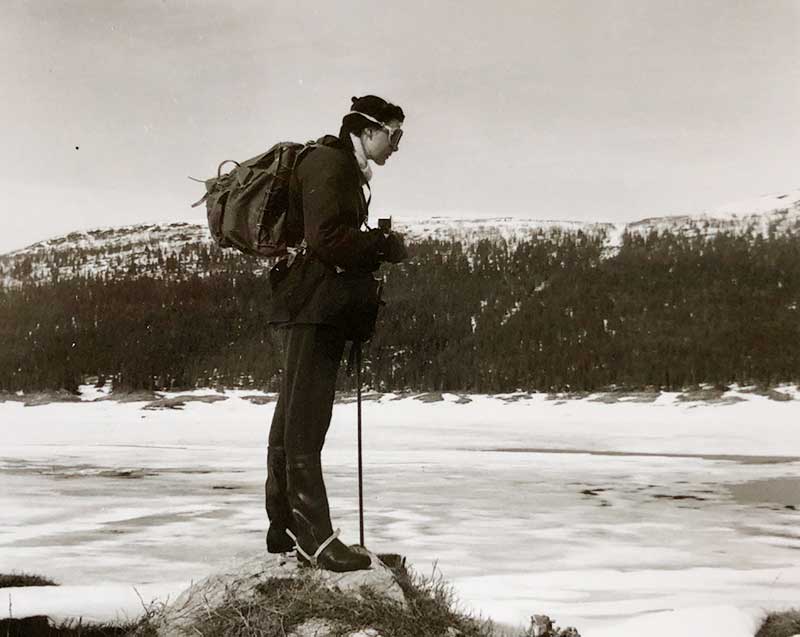Her first assignment had to do with ice. In Sweden at that time, hydraulic power was being generated from rivers in northern areas because of the nation's policy of using environmentally friendly energy. However, a problem occurred at one hydraulic power generation plant. Warm wastewater was discharged from the plant to the nearest lake throughout the year, and warm wastewater flowing into rivers connected to the lake melted ice in the winter.
Rivers in the area froze over completely in winter and residents used them as roadways to move things about on sledges. With the ice melted, however, the rivers could no longer be used by the locals in this traditional way. This caused a conflict between the residents and the plant, and the case was brought to court.
Malin's assignment was to serve as a specialist to investigate the influence of the hydraulic power plant on the ice in neighboring rivers. This involved studying how much ice was being melted by the warm wastewater discharged from the plant and the degree of damage this caused residents. The results of her investigation would be included in a report submitted to the court. At first, she was at a loss. The concept of "environmental impact" caused by development was not well known at that time, and Malin put a great deal of thought into the task and worked diligently to complete this first assignment at the SMHI.













